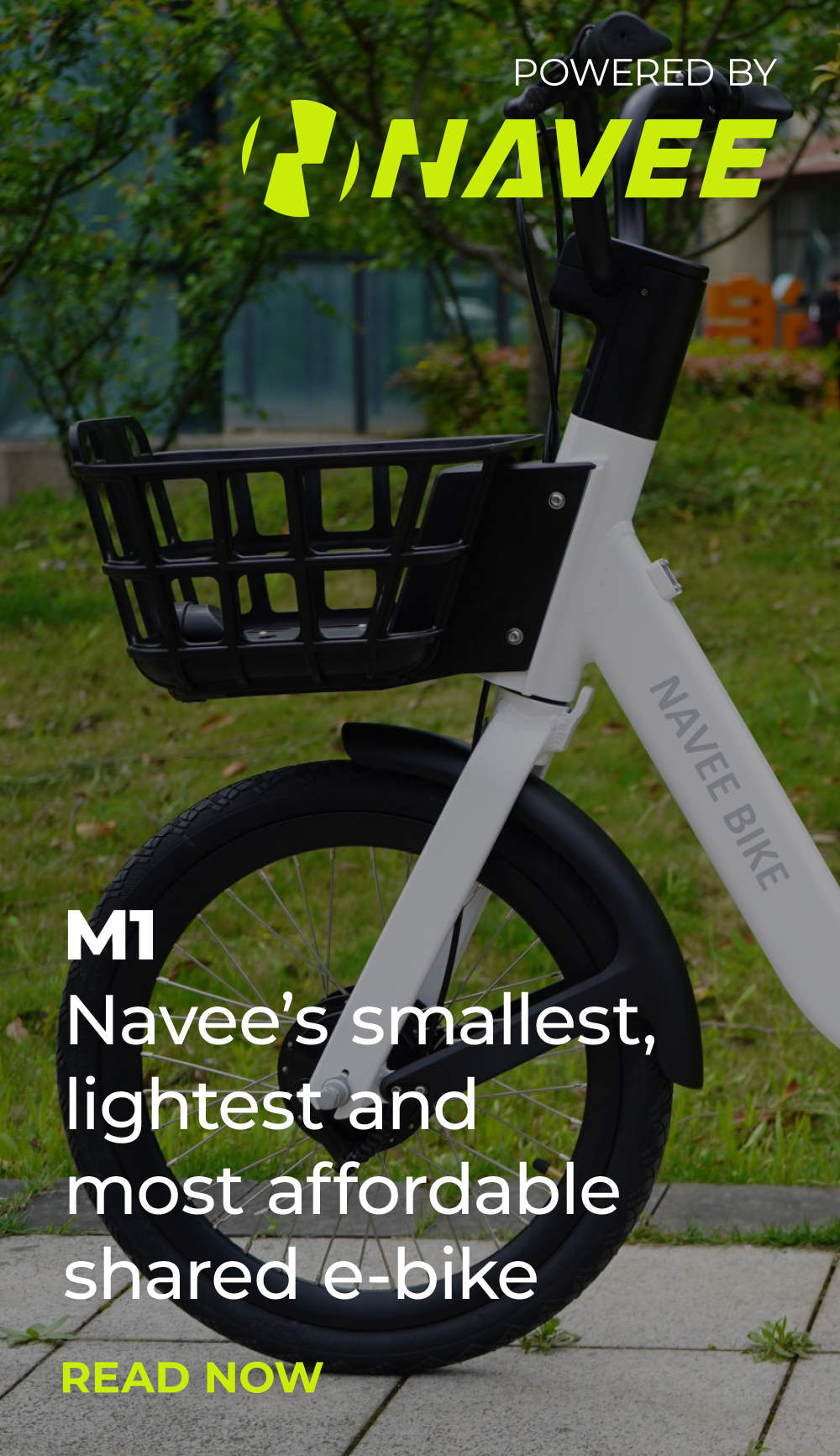Drover AI’s Path Pilot technology is being deployed on Voi’s e-scooters in the city of Helsinki as part of a three month pilot project to help visualise infrastructure gaps and reduce illegal parking and pavement riding.
The experiment includes 25 Voi e-scooters and is carried out together with the City of Helsinki, Mobility Lab Helsinki, Forum Virium, VTT Technical Research Centre of Finland and Vianova.
The first half of the pilot will focus on data collection to identify intersections and car infrastructure pain points where incidents may occur, as well as conflict zones where there is a high level of pavement riding.
Once enough data has been gathered, the project will move into the second phase, honing in on antisocial riding behaviour by notifying users with a warning sound if any of the 25 Voi e-scooters are being ridden in the wrong place or parked incorrectly. This audible cue is designed to serve as a prompt for Voi users to choose the right lane.
Path Pilot uses artificial intelligence and machine vision to determine where the e-scooter is moving and is more accurate than GPS positioning.
“The project aims to derive granular, data-driven insights from AI and computer vision edge-based telemetry via Drover’s pioneering Path Pilot technology,” Scott Shepard, Drover AI’s Head of Policy and Government Affairs, told Zag Daily.
“This is to provide a more accurate picture into rider behaviour and pavement conditions, thus allowing policy makers, urban planners, and key stakeholders to better identify opportunities for future urban infrastructure improvements, such as bike lanes, pedestrian paths, and parking zones.”
This is not the first test Drover AI and Voi have conducted. Previously the two firms tried an AI application in Northampton, Great Britain in 2021 and last year in Oslo.
“These pilots were more limited in scope as they just tested the sounds whereas Helsinki will also use statistical insights to really try and scale this for cities, with input from academia, private government and technology companies to future visualise mobility data,” said Shepard.
A white paper will then be written up off the back of this experiment that will be presented to multiple events and organisations such as POLIS Network, among others.
The experiment starts late July and will run through to October.






